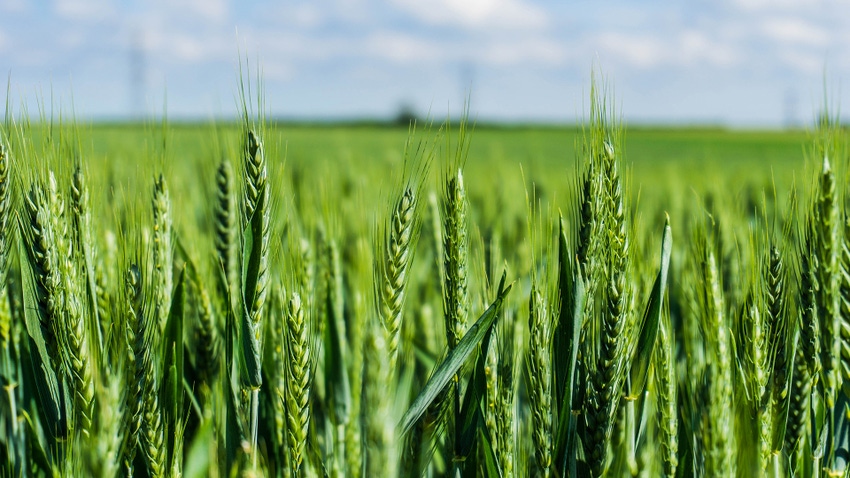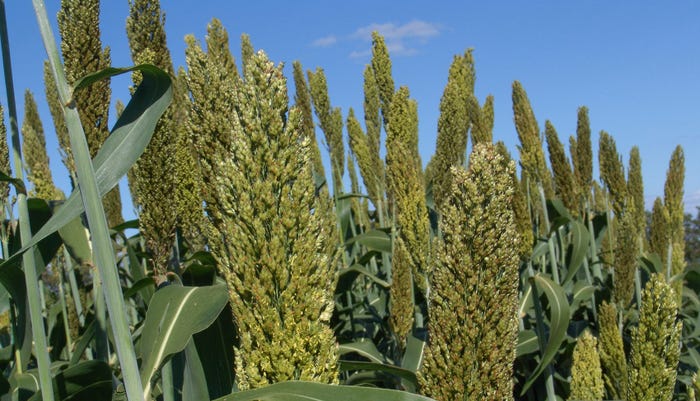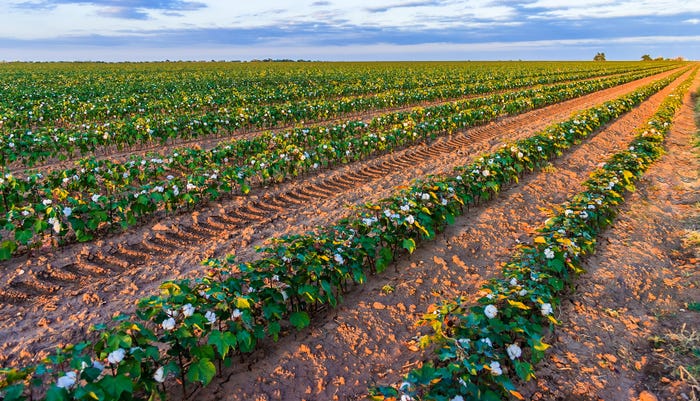March 1, 2023

Spring planting and another growing season are upon us, and with Spring sprouts eternal optimism that farmers so heartedly possess.
Spring also brings an ever-changing series of crop management decisions that will add up to a bottom line in the black or the red at year-end.
Farming in the High Plains is a bit like playing chess against Mother Nature and the markets. Decisions about what to plant or how much to invest in the crop hinge on how the markets move and if moisture comes.
The past three years, the game has been brutal, with record drought and increasing input prices.
Gregg Gerber, Wilbur-Ellis Agribusiness agronomist in west Texas notes that while the ag outlook this spring remains pretty bleak, there can be ways to make money, and Wilbur-Ellis is prepared to help farmers evaluate opportunities and make timely decisions throughout the season as the crop progresses.
“If Mother Nature blesses us and provides some moisture, there are tools available that can be used to strive for a better yield while controlling the investment in inputs, whether you're talking seed, fertility, herbicides, fungicides and/or other pest treatments,” Gerber explains. “Our focus is the grower’s success, and we’re here every step of the way to provide sound agronomic advice.”
What to do from this point to optimize yield and return per acre will depend on moisture.
First decisions first: What crop to invest in
Most growers are evaluating the profit potential of cotton, sorghum (grain or silage) and wheat for the 2023 crop.
Wheat is one bright spot for farmers across the Great Plains states. Record prices in 2022, along with expectations for high prices in 2023 and the continued drought, drove an upsurge in acres planted to winter wheat last fall. The 37 million acres projected is the highest level since 2015/16. Positive crop insurance guarantee prices provided further encouragement in key hard red winter wheat-producing areas of the Southern Plains.
“We have definitely seen a tremendous interest in wheat,” Gerber reports. “Besides the price, another key reason for planting wheat or rye was to produce cover to keep the soil from blowing. Fortunately, nearly everyone got enough of a stand to accomplish that.”
Whether to continue investing in the existing stand of wheat or switch crops is a multi-factored decision.
Sorghum as a consideration
When looking at drought and sorghum, how sorghum behaves during dry conditions or times of limited rainfall offers some positive reasons to consider this crop. Sorghum is often considered one of the more stress-tolerant crops available. Also crop insurance is now an option as the Silage Sorghum Endorsement became permanent, effective with the 2023 crop, providing risk management for farmers who want to grow silage sorghum as a forage source.
“Sorghum can be a ‘low input crop,’ not in the sense that you can plant the seed and walk away,” said Gerber. “In the case of sorghum, it simply can proportionally produce more yield than most other crops with the moisture and fertility it does receive.”
Sorghum uses its root capacity to survive drought and water loss. It also rolls its leaves to decrease surface area and capture any humidity it can. These characteristics help sorghum survive minimal rainfall, high temperatures and low humidity and still produce grain.
“Because sorghum typically develops a massive root structure, it also can pull the available water and nutrients from deeper in the soils,” he added.
Fertility, pest management and keeping Johnson grass and crabgrass out of the fields remain important because every rain has the potential to create a flush of moisture-thirsty weeds.
“For those investing in sorghum, good weed management and good fertility management will still be very key for success if 2022 drought conditions continue into 2023,” he said.

Photo submitted by Wilbur-Ellis Agribusiness
Cotton may be a last resort
According to Gerber, the outlook and enthusiasm among farmers for cotton is not very high due to the potential for continued drought and a crop insurance guarantee priced lower than 2022.
In 2022, many cotton farmers were forced to cut their losses. Severe drought conditions hit major cotton production areas, including Texas, Oklahoma, Kansas, and Missouri. An estimated 68% of Texas cotton acres planted were abandoned and overall U.S. abandonment rate for upland cotton was estimated at 43.4%, the highest on record.

Photo submitted by Wilbur-Ellis Agribusiness
Decisions based on dollars and cents
To help farmers with these and other crop decisions, Gerber and the team at Wilbur-Ellis often turn to a planning tool called AgVerdict. This precision farming tool helps evaluate and compare different crop scenarios, evaluate costs and adjust plans based on changing crop and pest conditions to make quick in-season decisions with the goal of improving grower profitability.
“AgVerdict is a planning and risk-management tool. Using this platform, we walk through different crop scenarios, looking at seed decisions, fertility and herbicide options along with each field’s soil fertility—plus crop, weed and pest history—to plan inputs and anticipate in-season needs and the potential yield benefits,” Gerber says.
“With every step, we're putting in the associated product and cost, so that by the time we walk the farmer all the way through to harvest, he has a budget, whether it's for full-blown irrigated cotton or dryland sorghum or wheat, for example.
“Once the farmer has that plan laid out in front of him, he is better able to make decisions about which way he wants to go or to change direction in-season if we get measurable precipitation. Our goal is to help farmers plan and then make well-informed decisions as conditions change,” Gerber said.
You May Also Like





